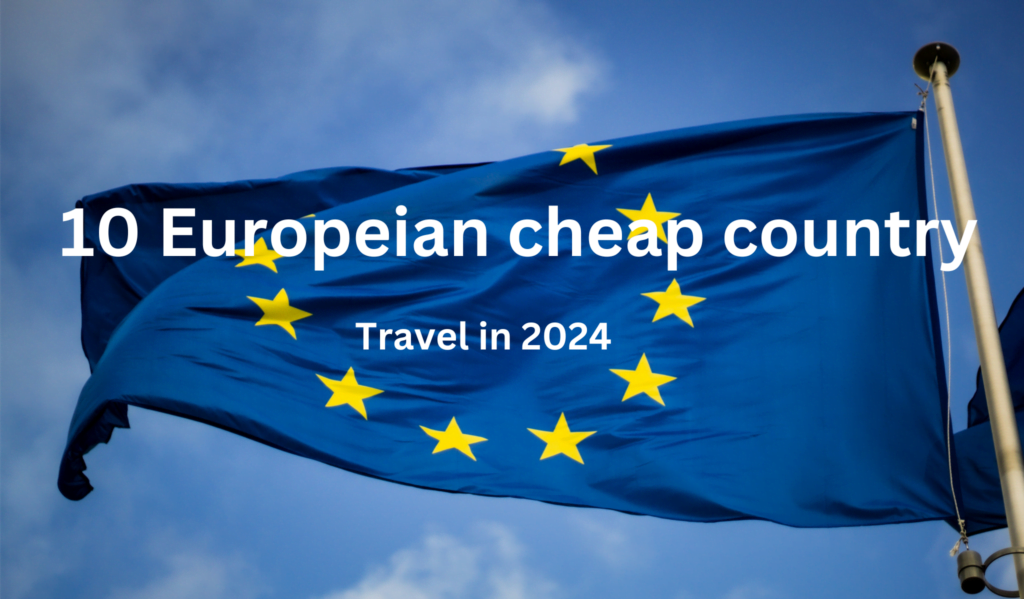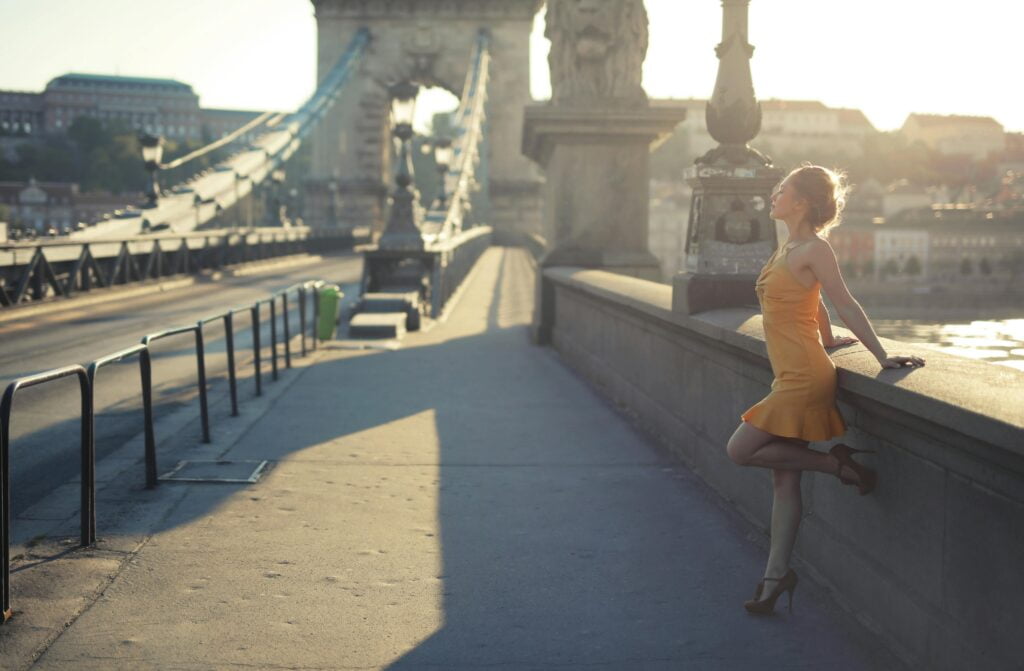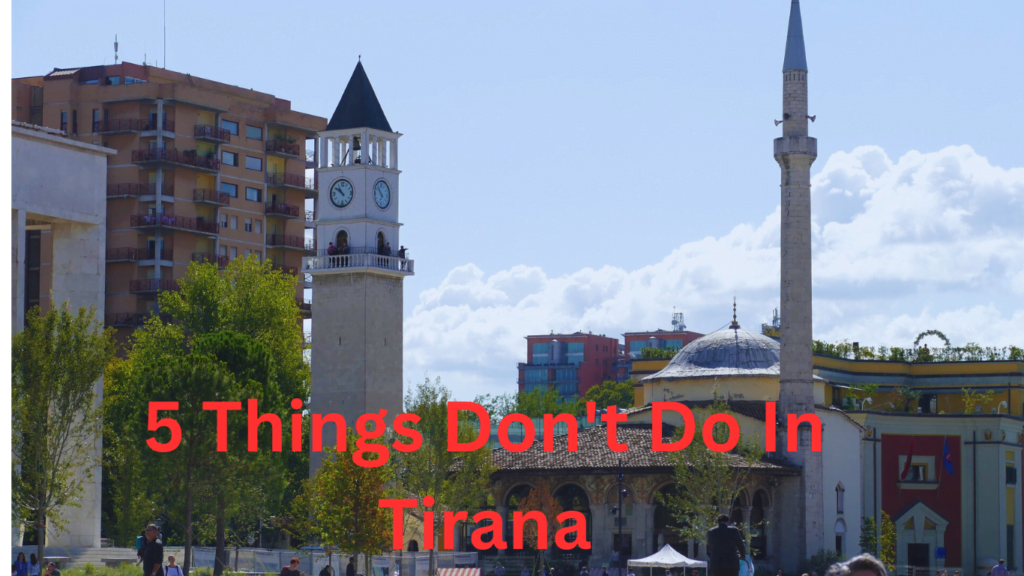Lithuania is a pretty small country and it may often be overlooked by travelers, but it’s a great place to visit. Although Lithuania is small and both population and size, you’ll find a Rich Culture with Amazing places to visit. And importantly Lithuania is a budget-friendly destination. Throughout this blog, I’ll make a point of telling you how to get the best value for your Money when Traveling Here. So, first I’ll Be going over some important things to Know about Lithuania. Then later in the blog, I’ll give you an idea of which parts of the country, you might Want To visit and what to do there. If you’ve Never been to Lithuania Then, I highly recommend reading the whole blog. But if you’re already Familiar with Lithuania you’ll likely Find this blog useful too. I’ve included a ton of travel tips and first-hand experience that I gathered during dozens of trips to live away. I even lived Here for 2 summers. So, let’s dive in..
When to visit
What to know about Lithuania: The most popular time to visit Lithuania is definitely summer. but, I’m here in the dead of winter. It’s also worth noting that the name “Lithuania” literally means “place where it rains a lot,” so precipitation is common year-round. When you visit, make sure to come prepared with a rain jacket and appropriate gear for the season. Whether you’re visiting in summer or winter, it’s likely to be a good time to experience Lithuania.
Currency
Lithuania is the largest of the three Baltic states and is a member of the European Union. It joined the EU in 2004 and later adopted the Euro as its currency, like most other EU countries. However, unlike many EU members, Lithuania’s national pastime is basketball. Basketball is deeply ingrained in Lithuanian culture and is taken very seriously by the people.
Interesting fun factor (Superstitions)
Another aspect that is sometimes taken quite seriously and literally is superstitions. Some Lithuanian superstitions may be familiar to you, like knocking on wood. However, one superstition that was a complete surprise to me when I first encountered it in Lithuania is that giving flowers in even numbers is considered bad luck. As a result, you’ll basically only find flowers being sold in odd numbers in Lithuania.
Additionally, there are superstitions associated with the arrival of spring. The first time you hear a cuckoo bird in the spring, tradition dictates that you should pull out your wallet and shake it so that the coins inside can be heard. This is believed by some to usher in a year of economic prosperity. Similarly, the first time you see a stork in the spring carries significance. If the stork is flying, it’s believed to signify the opportunity for extensive travel that year. However, if the stork is seen sitting in its nest, it’s interpreted as a sign that you’ll be stuck at home most of the time.
Of course, these are just superstitions, but keeping them in mind may help you understand Lithuania a little bit better.
Lithuania’s cuisine reflects its history and culture
Another thing that’s taken pretty seriously in Lithuania is its cuisine. While food may not be the only reason to visit Lithuania, it’s definitely a highlight. Lithuania has an array of unique dishes to try, and you can find them all in the capital city of Vilnius.
One of the most well-known dishes in modern-day Lithuania is “cepelinai,” which translates to “Zeppelins” in English. These are oval-shaped dumplings with a special kind of potato puree as the outer part and either meat or cheese curds inside. They really do resemble a blimp or zeppelin. Generally, they’re eaten with sour cream or a gravy-like sauce known as “šaltibarščiai,” but you can have both if you’re feeling really hungry. Cepelinai can be enjoyed year-round.
Another great hearty option is “bulviniai blynai,” which are potato pancakes. In addition to basketball, another Lithuanian national pastime is mushroom foraging. You can often find bulviniai blynai served with a fresh forest mushroom sauce on top. Foraging season is usually during the fall in Lithuania, and it’s an interesting time to visit the country to see the variety of mushrooms that Lithuanians find in their forests.
If you choose to visit in the summer, which is the most popular time, “šaltibarščiai” or cold borscht is a must-have. Don’t let the color reminiscent of Pepto-Bismol scare you away; it’s pretty darn good and refreshing on hot days. Just keep in mind that it’s a seasonal dish and you’ll only find it during the summer.
There are plenty of restaurants all around Lithuania serving these dishes and more. Lithuania also loves its sweets and has a huge variety of them. “Šakotis” is a rich, tree-shaped cake that is ubiquitous throughout the country. “Sūrelis” is another popular treat, kind of like a candy bar made with Lithuanian cheese curds or vodka, coated in chocolate. Lithuanian sweets may be a little different than what you’re used to, but give them a try, and you’ll likely find something you enjoy.
When it comes to drinks, Lithuania often involves beer, mead, or even stronger spirits known as “degtinė.” Just be aware that alcohol is widely available almost anywhere you go in Lithuania. If you prefer non-alcoholic options, “gira” is a popular drink made from fermented bread that you might enjoy.
If you’re looking to save money on food and drink while traveling in Lithuania, familiarize yourself with the grocery stores. Chains like Maxima and Iki offer a variety of options at affordable prices. Many grocery stores also have hot food bars where you can find traditional Lithuanian dishes, and their smoked fish selection is definitely worth trying.
Lithuania’s cuisine reflects its history and culture, and exploring its culinary offerings is an essential part of experiencing the country. Whether you’re a meat lover, vegetarian, or have other dietary restrictions, Lithuania is sure to offer something that satisfies your palate and perhaps even surprises you with its flavors and variety.
Transportation: How to getting around
Let’s backtrack a bit and take a look at getting to and around Lithuania. For most travelers, Vilnius Airport is the gateway to Lithuania. Vilnius is also a great base for exploring the country. Within Europe, you can often find cheap flights to Vilnius. I’ve personally booked dozens of airline tickets for under €50. If you’re traveling from North America or other long-haul destinations, you’ll typically want to budget at least $600 for round-trip tickets in economy class.
When it comes to getting from Vilnius Airport to the city or other cities in Lithuania, it’s pretty straightforward. There’s a train and express buses to the city, but taxis and rideshares are also readily available. While taxis and rideshares are convenient, public transport is generally more economical, especially if you’re traveling alone. I’ve taken a Bolt ride from the airport for less than €5 before. Renting a car is also a viable option, and it’s not too expensive. Prices usually start around €15 per day. Driving gives you flexibility and is worth considering, but public transport is quite efficient and affordable throughout most of the country.
If you’re not planning to visit remote areas or travel as part of a larger group, public transport is usually the most budget-friendly way to get around Lithuania. It’s reliable and covers most destinations efficiently. Now, let’s delve into where to visit in Lithuania, but before we explore the country’s attractions, let’s take a moment to understand what shaped modern-day Lithuania.
Accommodation
I was there at the Royal Spa Residence in Klaipėda. It’s €95 a night for 2 people, including breakfast and unlimited spa access. The renovated rooms are pretty nice and new, and each comes with a balcony. Smoking is not allowed, and violators ought to pay a fine of €60. It’s probably already clear that Lithuania is not that expensive of a country to visit, at least compared to other countries in Europe. A decent place to stay will cost you around €50 a night, but if you want something a little nicer, then it’s probably going to be around €100.
There are both cheaper options and pricier or more luxurious options in both Druskininkai and Birštonas, and the best choice of spa hotel just depends on your needs and the availability on your travel dates. Do make sure to plan and book well ahead, though, because both towns can get booked up, especially on national holidays and weekends. Planning ahead is also a generally good idea for travel to Lithuania, though you may find last-minute availability and low prices in the offseason and during peak travel times. It’s really important to book ahead; this goes for hotels and flights and for rental cars and popular bus and train routes. You also want to book at least a month out where possible. I’ve also found that some local businesses may offer better pricing over the phone, so if you can call Lithuanian numbers, it’s worth a try. Skype offers free trials, so if you’re struggling to find a good way to call Lithuanian numbers from abroad, that might be it. And on the topic of freedom.
Language
English is widely spoken, especially among younger generations, while the older generation often learned Russian as a second language. However, knowing a bit of Lithuanian is appreciated. The Lithuanian language is one of the oldest in Europe, and even learning a few words can go a long way. “Labas” means hello, “ačiū” means thank you, and “iki” is a great way to say goodbye.
Background history
Lithuania is not just an exotic country; it holds a rich history of resilience and cultural preservation. Despite being part of the Soviet Union until 1990, Lithuanians continuously fought to maintain their cultural identity, including their language. On August 23rd, 1989, Lithuanians joined hands with Latvians and Estonians in a powerful protest against the Soviet regime, known as the Baltic Way. This historic event saw people forming a human chain across the entire length of all three Baltic countries. Shortly after the Baltic Way, Lithuania regained its independence.
Now that we’ve covered some important aspects of Lithuania’s history, let’s explore where to go and what to do once you’re there.
The Capital City
Vilnius is the capital city of Lithuania, offering a delightful blend of international vibrancy and Lithuanian culture. In English, people often pronounce it as “Vilnius,” which is perfectly fine. However, in Lithuanian, it’s pronounced as “Vilnius.” Regardless of pronunciation, people understand what you’re referring to.
Vilnius’s Old Town is a fantastic place to stay, offering plenty to see and do for a few days. The Gediminas Castle Tower provides panoramic views of the city, which are definitely worth experiencing. Entrance to the tower is just a couple of euros. Descending from the tower, you’ll find Vilnius’s Old Town main square, known as Cathedral Square. From there, you can explore the pedestrian-friendly Old Town, soaking in its rich history. You can either join a guided tour or explore at your own pace, depending on your preferences and schedule.
Vilnius boasts numerous restaurants, hotels, and local businesses to explore. One highlight is the neighborhood of Užupis, a self-proclaimed republic within Vilnius’s Old Town. It’s a charming area to wander around and explore.
Additionally, Vilnius offers ample green spaces within the city. Vingis Park and Pavilniai Regional Park are popular spots for leisurely strolls, offering a tranquil escape from the urban bustle.
While Vilnius is a fantastic destination, it’s just the beginning of what Lithuania has to offer. If you’re limited on time, Vilnius is a great choice, but there’s so much more to see and do across the country.
Beyond Vilnuis
If you have more than a few days, there are tons of places worth visiting all around the country. One of the easiest day trips from Vilnius is to the town of Trakai. Trakai is home to a pristine island castle that’s really worth a visit, and around the island, short boat tours on the lake are pretty popular. It’s one of those places you have to visit when you’re in the area. Yet, I wish you could have the time. And the entrance prices, if you don’t want to spend €10 entering the night, still visible, the town of Trakai, but probably the €10 is going to be worth it, so definitely consider that. If you go, you must try the local specialty, kibinai too. They are a kind of doughy stuffed with lamb or beef, and the dish has roots with the local Karaim people that have lived in the area for hundreds of years. Trakai is also a great choice for a day trip because it’s just a short train ride or drive away from Vilnius.
But if you have time for more than just a day trip from Vilnius, then the coastal town of Klaipėda could be a great place to visit. Klaipėda is Lithuania’s third-largest city, and its location on the Baltic Sea makes it a nice place to visit from Vilnius. You can take a bus, train, or drive, and it will take you a little bit under 4 hours to get there. Klaipėda itself has a small Old Town that is definitely worth visiting, and there are beaches within the city limits that are along the Baltic Sea. It also happens to be a great place to walk along the beach in search of amber. It does take some luck and focused searching to find amber, but if you don’t find any yourself, you can easily buy it in stores all around the country, and prices for amber in Lithuania tend to be much lower than you find outside of Lithuania. Klaipėda also has a nice selection of restaurants, including a luxury dining experience at the boat restaurant Meridianas. When I spent a summer studying Lithuanian at Klaipėda University, I often went to Medininkai for their lunch special, but the Curonian Spit is just a short ferry ride away, and you’ll find a lot more to do there. There are pine forests up and down the spit, and at the end of the Lithuanian part, you’ll find the cozy town of Nida.
Right next to Nida, there are massive sand dunes, and the town itself is known for its amazing smoked fish and its local artist population. You could also take a direct bus all the way to Nida from Vilnius, but I’d recommend a stop in Klaipėda at least once and then going up the coast the opposite way of Nida. There’s the beach town of Palanga. In summer, Palanga gets packed, and it could seem like the whole country is there on some weekends. And though a trip to Klaipėda and the surrounding area could be worth it in winter, it’s during summer that you’ll really experience it at its best. And that’s not to mention that the Baltic Sea is quite cold, so if you have hopes of spending relaxing days on the beach, then summer is going to be the best time to go for you.
And then Lithuania’s second-biggest city is Kaunas. Kaunas may not be that well-known internationally, but it’s definitely worth a visit. There’s a nice Old Town to explore, and the city is home to a medieval castle nearby.
Also, find the town of Rumšiškės, which is home to one of the largest open-air ethnographic museums in all of Europe. If you’ve got a half-day to spare, I think it’s really worth a visit. And then one other activity that you should really consider on a trip to Lithuania is adding a spa day or two to your itinerary.
In fact, I was there in a spa hotel. There are two well-known spa towns in Lithuania, Druskininkai and Birštonas. Both are noted for having a nice selection of spa hotels with reasonable prices. I was there in Birštonas myself, and I really recommend it. In between spa sessions, there’s a nice Old Town to explore, and you can take in views of the landscape from a nearby lookout tower. And add it to the top, Druskininkai is conveniently located near both Kaunas and Vilnius too.
So, that’s some important things to know. I hope this is helpful for you. If you have any question then comment blew also if you have any recommendation, please tell me. Thank you for reading, if you like it please subscribe then you will not miss important tips. I will send you direct to your email.
Thanks again.





